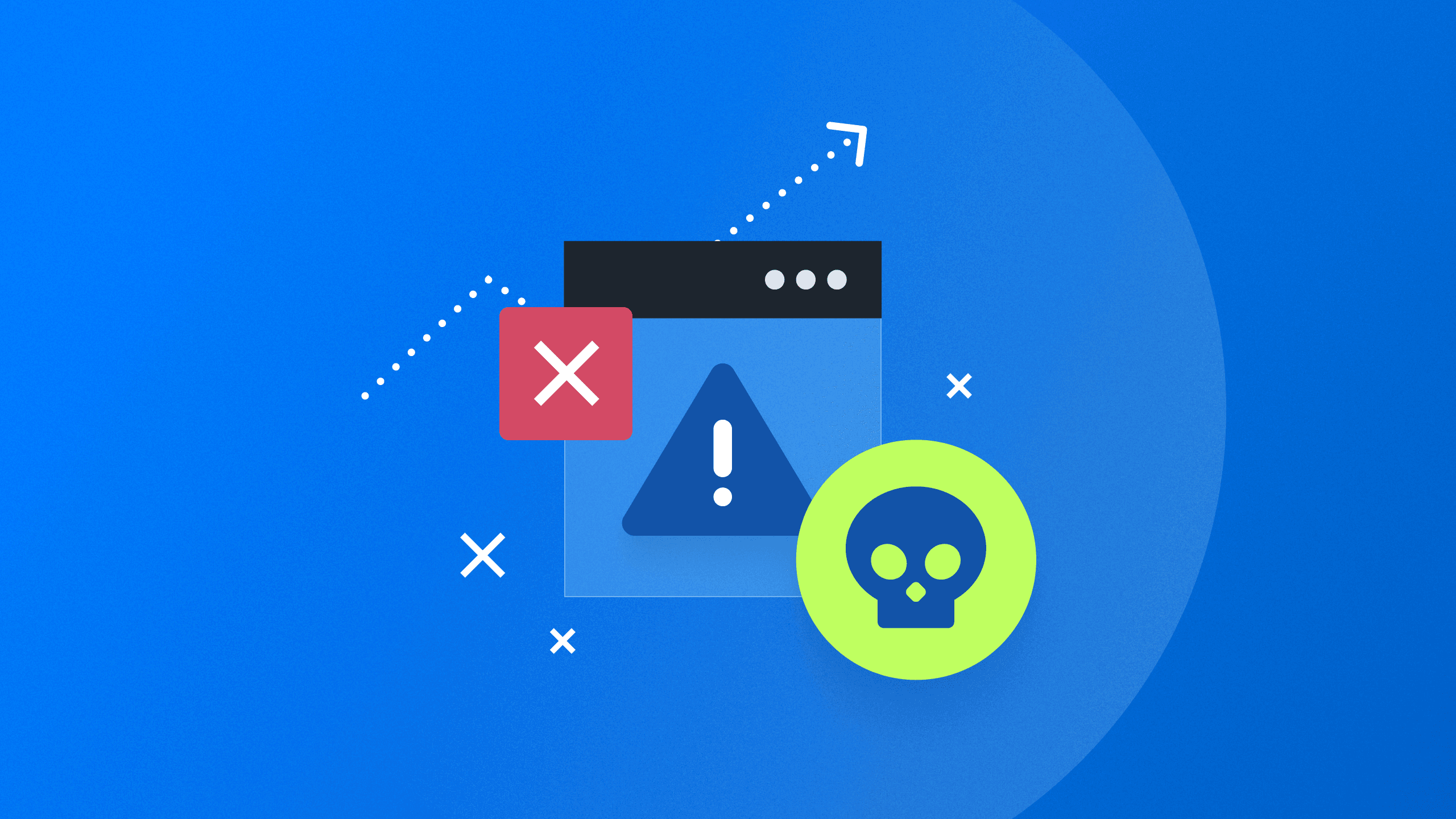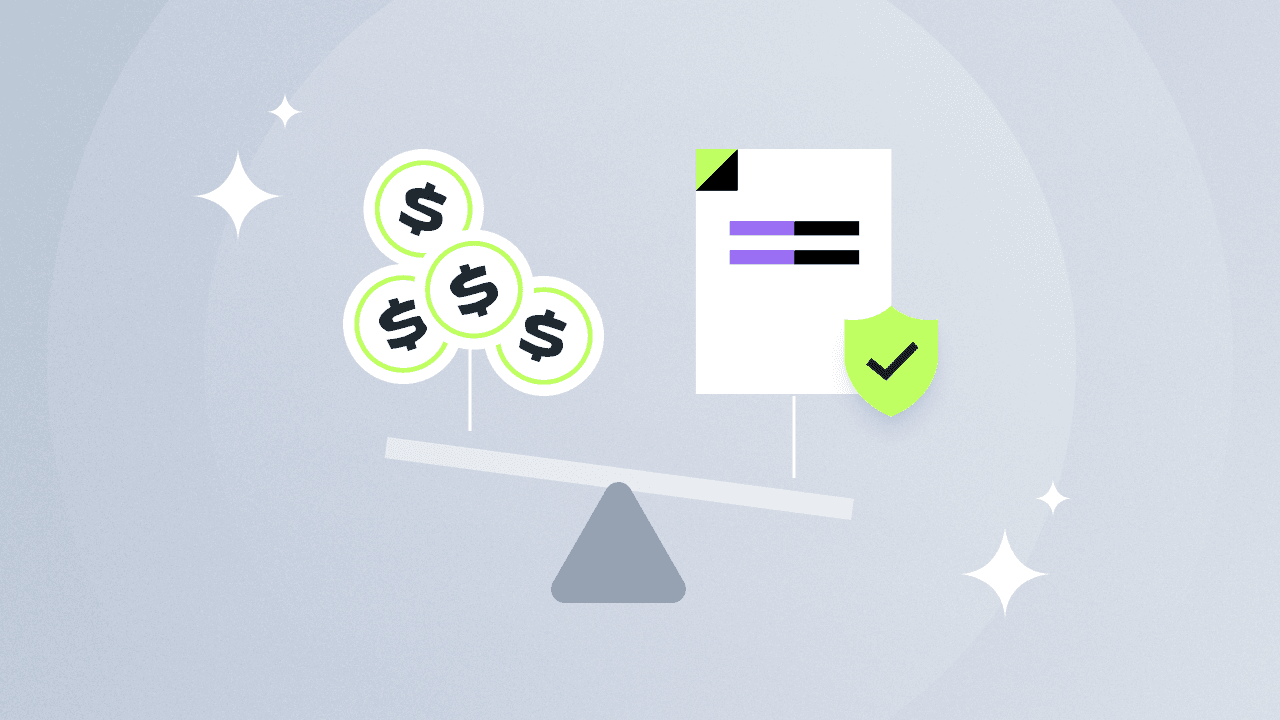5 Ways Traditional GRC Tools Fall Short
By rethinking outdated GRC strategies, your organization can transform risk and compliance from a checkbox exercise into a foundational element of business growth and resilience.
Compliance and security needs are evolving rapidly, but many traditional GRC tools struggle to keep pace.
Cybersecurity risks evolve daily, compliance requirements shift, and customer expectations for data protection continue to rise. Yet, traditional Governance, Risk, and Compliance (GRC) tools, rooted in outdated designs, lack the agility required for modern challenges.
5 Ways Traditional GRC Tools Fall Short
Here’s a look at where traditional GRC tools often fail to meet the mark and why businesses relying on these outdated systems are left exposed. By recognizing these shortcomings, companies can better understand what’s needed to stay protected in an evolving risk environment:
1. Outdated Technology and Limited Automation
Traditional GRC systems are often rigid and manual, creating time-consuming processes that don’t adapt well to new risks or standards. Unlike today’s advanced, automated options, these systems can require a heavy investment in personnel and hours to manage, leaving organizations vulnerable as gaps widen in real time.
2. Inflexibility to Evolving Threat Landscapes
When these older tools were built, cybersecurity threats were not as complex or sophisticated as they are today. In fact, data breaches increased 72% just between 2021 and 2023, demonstrating a significant uptick in attacks within a matter of a few years. Traditional GRC platforms were not built for the rapid changes in today’s threat landscape—leaving organizations vulnerable to new threats.
3. Inefficient Incident Response and Remediation
When a threat is detected, a fast, coordinated response could mean the difference between a low-level security exposure and an out-of-control existential crisis. Traditional GRC tools typically lack the integrations with other security and risk management platforms necessary to streamline incident response. This delay can leave companies flying blind to existing vulnerabilities and exposed to ongoing risks, resulting in lost trust, significant regulatory fines, and operational downtime.
4. Poor Scalability with Business Growth
Like the saying goes: “More business expansion, more compliance and risk problems.” Traditional GRC tools are not designed for this level of scalability, leading to fractured systems, duplicated efforts, and often a lag in meeting new regulatory requirements. You’ll find more and more limitations of your platform as your company grows.
5. Limited Insight and Reporting for Decision-Making
Today’s companies are like drivers on a busy road—they need a clear view of what’s happening around them to steer in the right direction. With real-time data, businesses can stay aware of the twists and turns, make quick decisions, and keep heading toward their goals without missing a beat.. Traditional GRC systems often lack real-time analytics and reporting, making it difficult to assess current compliance status, identify gaps, or track the effectiveness of risk mitigation strategies. This can lead to costly oversights, especially when compliance teams rely on outdated data for planning and strategy.
The Modern GRC Alternative: Drata’s Forward-Thinking Approach
Companies can address these gaps by leveraging solutions that build on modern automation, real-time data, and deep integrations. Drata offers a forward-looking approach to GRC that’s purpose-built to help companies keep pace with rapidly evolving risks and compliance landscapes. Here’s how:
Automation for Efficiency and Scalability: Drata’s automation engine reduces manual processes, giving teams back valuable time while scaling with your business to ensure continuous compliance.
Integrated Risk Management: Drata brings together compliance, security, and risk management in one platform, providing the holistic view modern companies need to stay agile and secure.
Real-Time Monitoring and Reporting: Through integrations with other security tools, Drata provides an always-on approach to risk management, alerting teams to new threats immediately so they can respond proactively.
Securing the Future of GRC
For businesses to stay secure and resilient in a world of constant change, they need GRC tools that are just as dynamic. As compliance and risk management professionals strive to maintain trust, protect data, and stay ahead of emerging threats, embracing modern GRC solutions like Drata can mean the difference between resilience and exposure.
By rethinking outdated GRC strategies, your organization can transform risk and compliance from a checkbox exercise into a foundational element of business growth and resilience.





